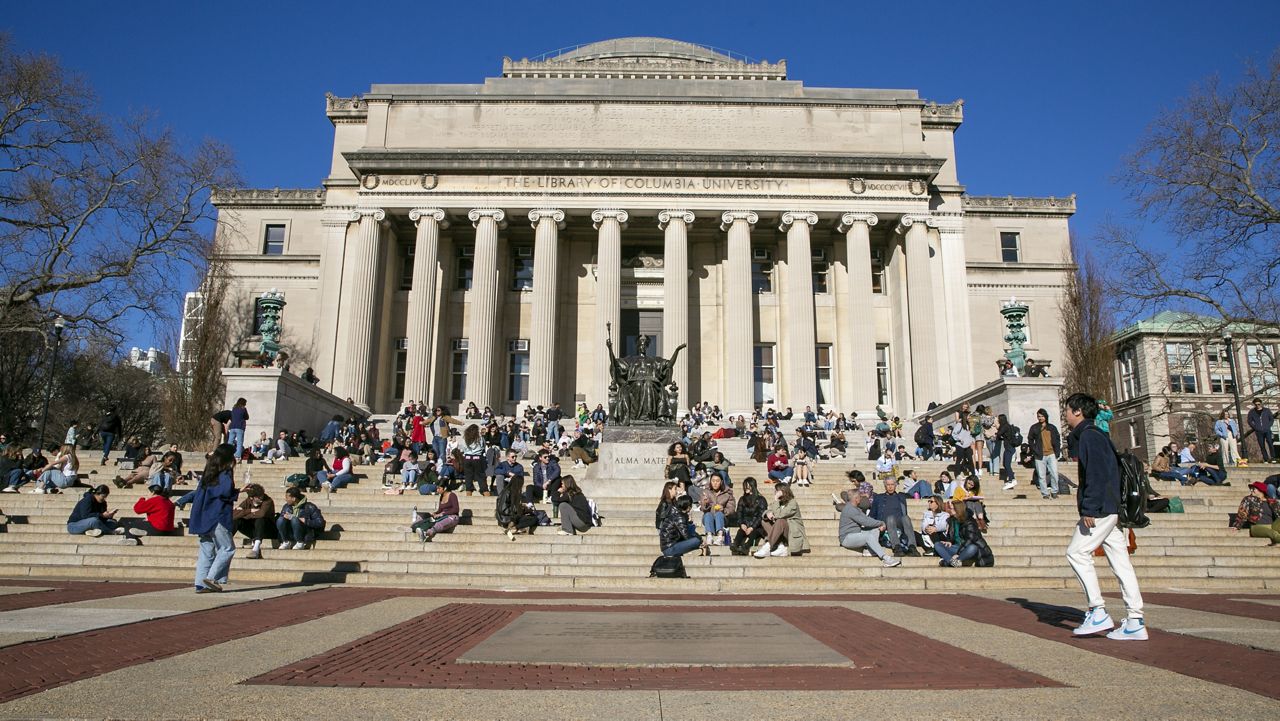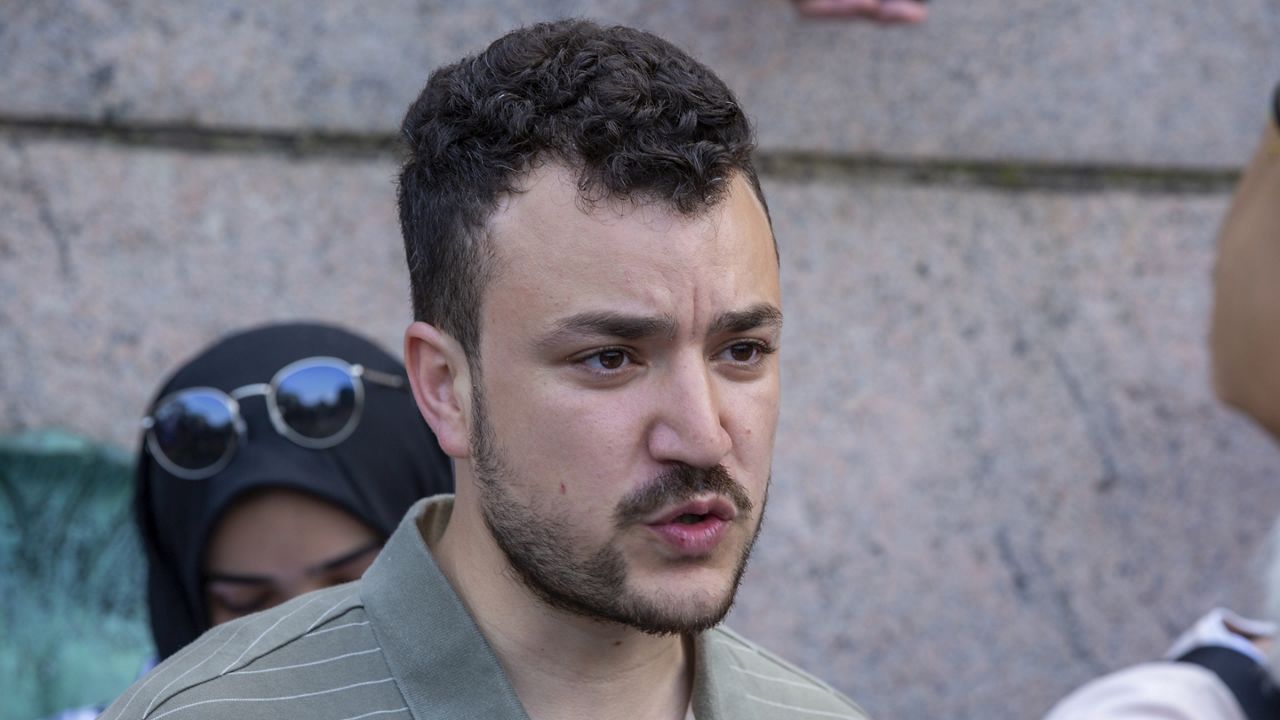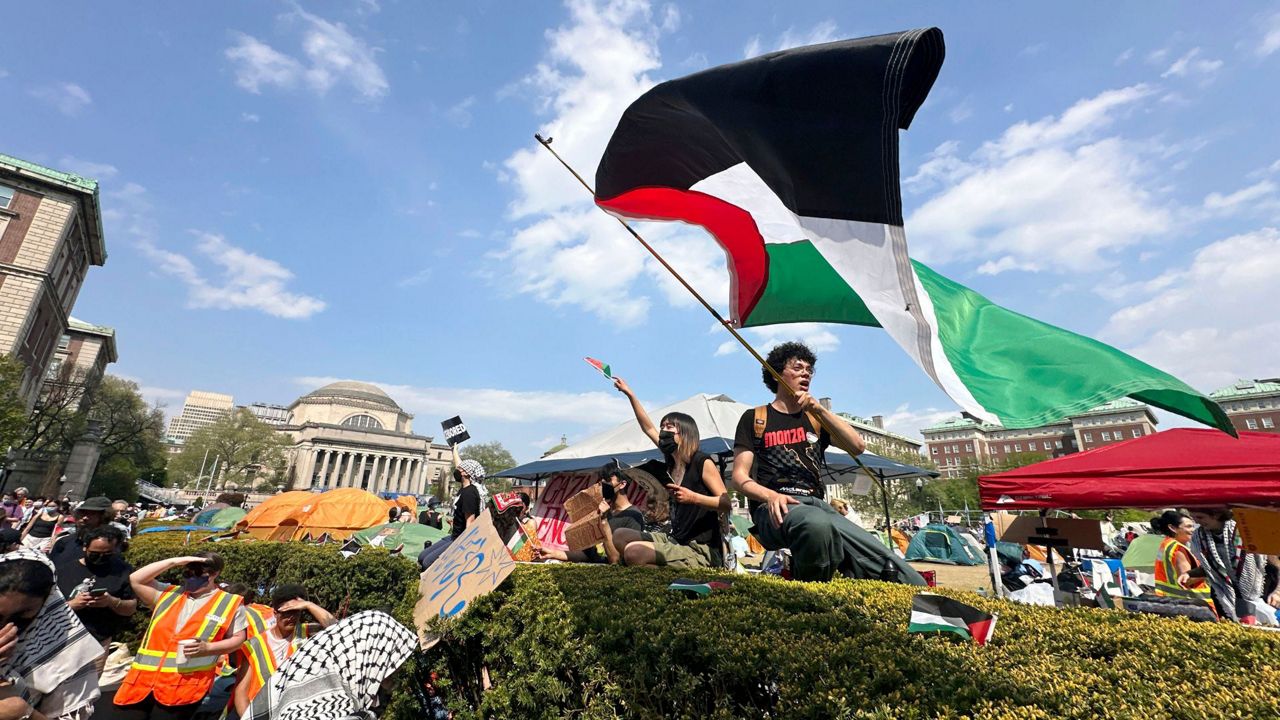Thanks to a new cultural exchange, city public schools are welcoming 25 new bilingual educators from the Dominican Republic this month.
“They are the trailblazers — they are the first cohort of 25 and there will be others who are continuing to come,” schools Chancellor David Banks said Thursday
It’s a partnership between public schools, the Consulate General of the Dominican Republic in New York City, and the Association of Dominican-American Supervisors and Administrators, or ADASA. The program aims to place an additional 25 teachers in public schools next year.
What You Need To Know
- The 25 teachers are coming to the city through a partnership between public schools, the Consulate General of the Dominican Republic in New York City, and the Association of Dominican-American Supervisors and Administrators, or ADASA
- The program aims to bring another 25 teachers to schools next year
- There's long been a shortage of bilingual educators in the city and they're even more in demand with the arrival of migrants seeking asylum
“The 25 teachers that came from the Dominican Republic left behind our families, our friends, our community, our culture and so many things that really, you know, count in our life. But those things that we left behind, are those that we brought here,” one of those teachers, Evarito Luciano Adames Alvarez, said.
Banks said the educators will help build stronger connections to the city’s sizable Dominican American population and with newly arrived asylum seekers from other Spanish-speaking nations.
“We have Spanish speaking young people who are coming to New York City from all around the world. They need you too,” Banks said.
Even before asylum seekers started arriving in the city, there was a need for bilingual educators. About 22% of New York City public school students speak Spanish at home, and about 14% of public school students are English language learners.
But the city has long struggled to staff enough bilingual educators.
“Instead of continuing to say it’s a shortage, let’s do something about it. And we can bring these teachers here from the D.R. who can help to plug the gap,” Banks said.
Those educators will be even more valuable now that over 1,000 newly arrived migrants have started in city schools this month. ADASA vice president Emanuel Polanco says the new teachers will represent the immigrant experience in America — which is an ongoing story.
“What we could do for them and those who are arriving in the same state is prepare the way, the way that was prepared for us when we got here,” Polanco said.







_CGPK_Mn_Columbia_Students_Chained_CG)

